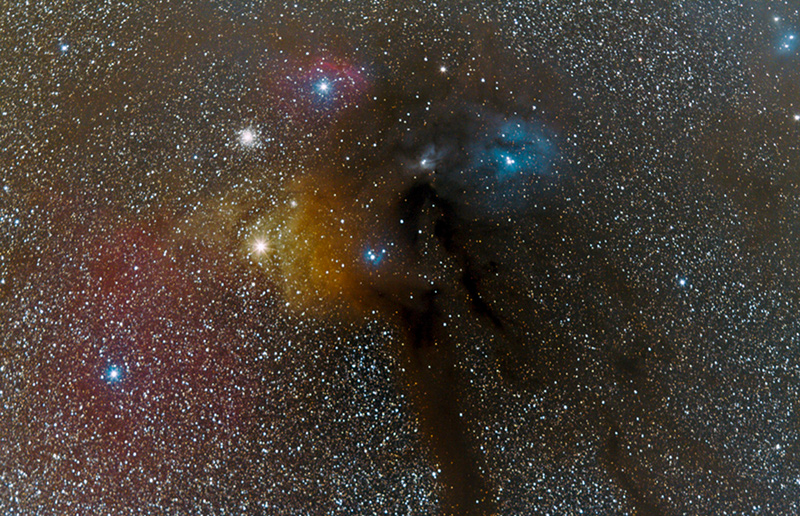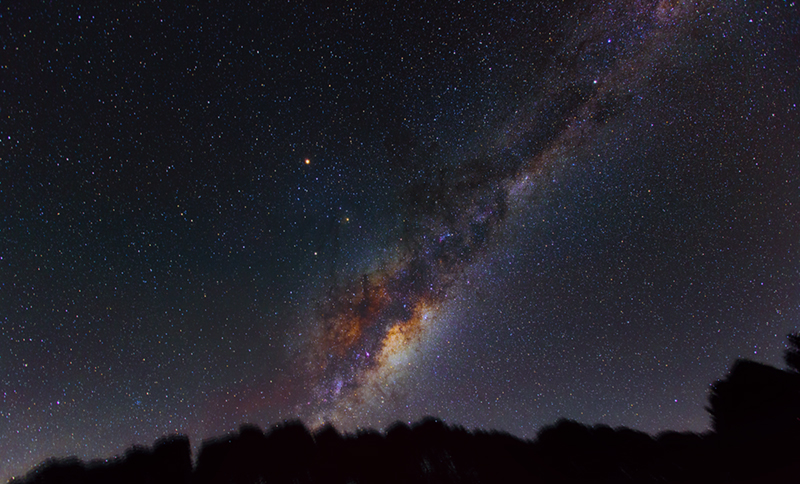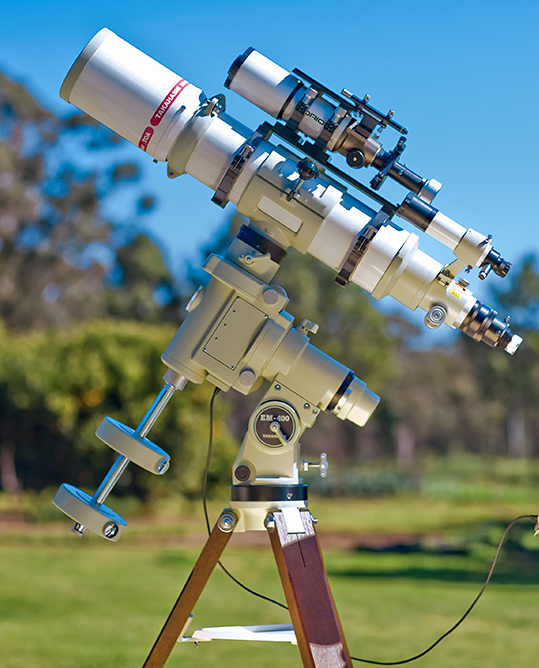RB astro
0
- Joined
- Apr 6, 2014
- Messages
- 2,436
- Points
- 113
Excellent advice from Rivem and I agree 100% !
Most certainly a good pair of binos and then a nice Dobsonian will get you started in visual astronomy.
Just keep in mind that you won't see colour, or at best, a little bit of colour in deep sky objects.
This is because the cones and rods in our eyes aren't sensitive enough to pick up colour in very faint conditions, which is what we're looking at when we view deep sky objects.
The colour images on the box of a telescope are not what you will see when you view through it.
It's fine for lunar and planetary viewing, you'll see craters on the moon, you'll resolve some detail on Jupiter (with larger aperture scopes), you'll pick up some moons of Jupiter, and you should be able to see the rings of Saturn (bigger aperture will reveal them better obviously).
Needless to say, don't ever look through a telescope directly at the sun.
You wouldn't stare down the beam of a 7W laser would you?
But when you view deep sky objects (ones outside our solar system) they will appear dull grey with diffuse muted whites.
It's the structure that you will discern, not the colours.
To pick up some colour (limited) you'll need a much bigger scope.
This is why I bypassed visual astronomy altogether and went straight into astrophotography.
With a camera you can pick up structure and colour almost immediately with a long exposure image.
This is because the sensor in a camera works in a cumulative fashion, building up an image over time and is able to capture colour and detail.
This is a whole different branch of astronomy and requires a good mount.
The quality of the scope is secondary to the quality of the mount when doing astrophotography because your mount determines how well you track the stars (due to the earth's rotation).
Just to show you that you don't need a good scope for astrophotography, here's an image I took with only a camera and a 135mm lens on a tracking mount, it's 2 hours worth of exposures (16x8 min).
I've posted these shots in other threads.
See this thread: http://laserpointerforums.com/f57/no-i-didn-t-use-telescope-91476-2.html

And one I did recently of the Milkyway with just a camera and 16mm wide angle lens on a stationary tripod below:

So it's a fun hobby and very gratifying but it's also a slippery slope and your wallet will come out second best, just like our laser hobby. :crackup:
Hope you enjoy !
Most certainly a good pair of binos and then a nice Dobsonian will get you started in visual astronomy.
Just keep in mind that you won't see colour, or at best, a little bit of colour in deep sky objects.
This is because the cones and rods in our eyes aren't sensitive enough to pick up colour in very faint conditions, which is what we're looking at when we view deep sky objects.
The colour images on the box of a telescope are not what you will see when you view through it.
It's fine for lunar and planetary viewing, you'll see craters on the moon, you'll resolve some detail on Jupiter (with larger aperture scopes), you'll pick up some moons of Jupiter, and you should be able to see the rings of Saturn (bigger aperture will reveal them better obviously).
Needless to say, don't ever look through a telescope directly at the sun.
You wouldn't stare down the beam of a 7W laser would you?
But when you view deep sky objects (ones outside our solar system) they will appear dull grey with diffuse muted whites.
It's the structure that you will discern, not the colours.
To pick up some colour (limited) you'll need a much bigger scope.
This is why I bypassed visual astronomy altogether and went straight into astrophotography.
With a camera you can pick up structure and colour almost immediately with a long exposure image.
This is because the sensor in a camera works in a cumulative fashion, building up an image over time and is able to capture colour and detail.
This is a whole different branch of astronomy and requires a good mount.
The quality of the scope is secondary to the quality of the mount when doing astrophotography because your mount determines how well you track the stars (due to the earth's rotation).
Just to show you that you don't need a good scope for astrophotography, here's an image I took with only a camera and a 135mm lens on a tracking mount, it's 2 hours worth of exposures (16x8 min).
I've posted these shots in other threads.
See this thread: http://laserpointerforums.com/f57/no-i-didn-t-use-telescope-91476-2.html

And one I did recently of the Milkyway with just a camera and 16mm wide angle lens on a stationary tripod below:

So it's a fun hobby and very gratifying but it's also a slippery slope and your wallet will come out second best, just like our laser hobby. :crackup:
Hope you enjoy !
Last edited:




